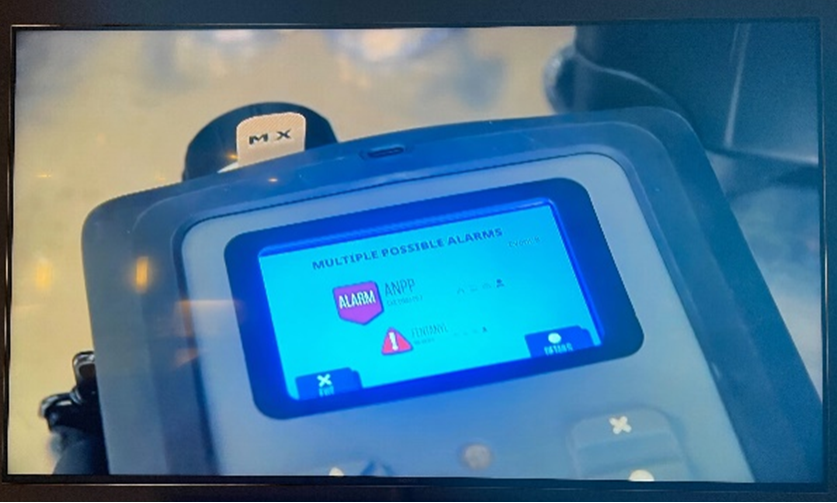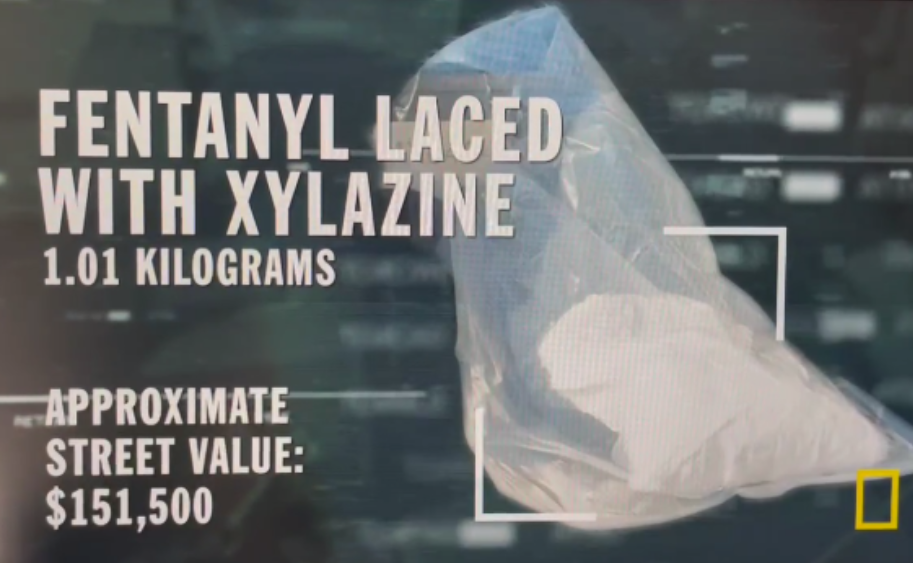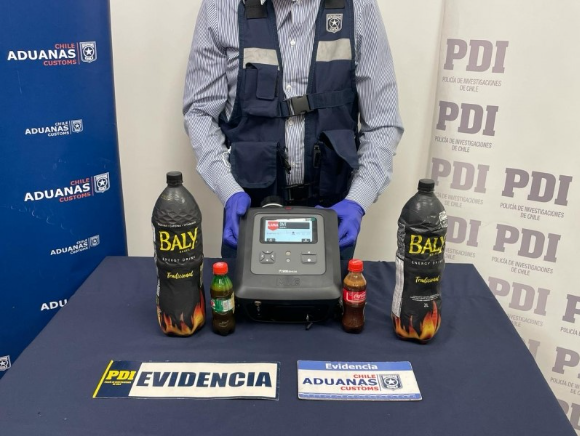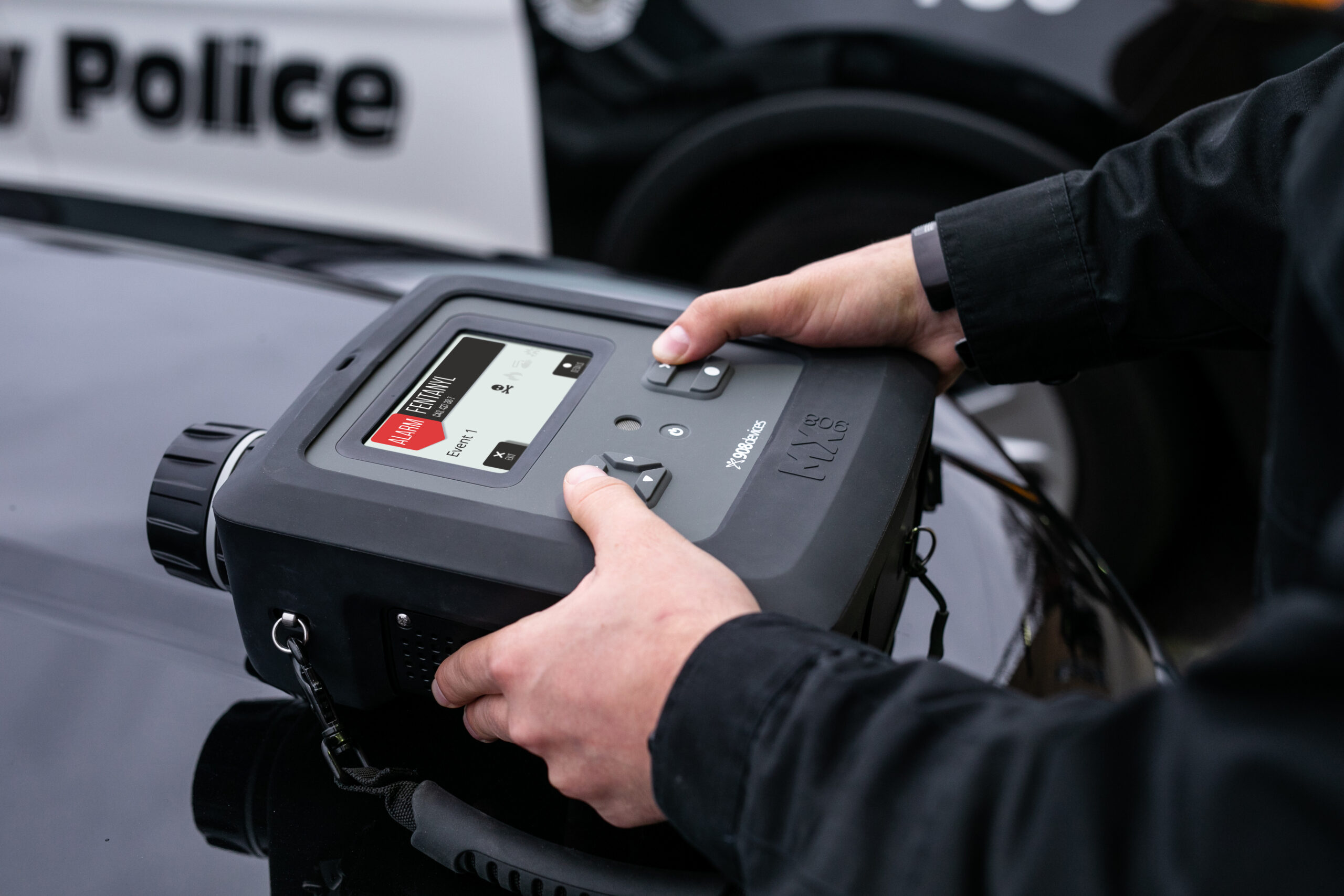Global Issue of Illicit Drug Trade and Illegal Drug Smuggling
The global issue of illicit drug trade has long seen the use of airports as conduits for illegal drug smuggling. As airports strive to enhance their security measures, drug traffickers are adapting their strategies, creating increasingly clever ways to bypass security and posing a significant challenge to law enforcement agencies worldwide.
The Scale of the Problem
According to a report by the United Nations Office on Drugs and Crime (UNODC), drug trafficking through airports has been on the rise in recent years and airports have become key hubs for drug smuggling, with traffickers using sophisticated methods to evade detection. In fact, the problem has become so widespread, the entertainment industry has found a market for television shows highlighting law enforcement efforts to catch these smugglers. Shows include the appropriately named “To Catch a Smuggler” and “Contraband: Seized at the Border.”

MX908 featured in a drug seizure during the show “Contraband: Seized at the Border”, a television show on the Discovery broadcast channel.


MX908 featured in “To Catch a Smuggler” to identify fentanyl laced with xylazine. “To Catch a Smuggler” is a television show on the National Geographic broadcast channel.
Methods Employed by Traffickers
Traffickers use a variety of methods to smuggle drugs through airports, including concealment in luggage, clothing, and even the human body. Hiding the drugs in other material, such as powders and liquids, has become popular as it not only disguises the drugs themselves, but makes it more difficult for certain analytical technologies employed by law enforcement to identify the drugs.
To Catch A Smuggler
The MX908 has been an effective tool for thwarting these types of smuggling attempts. Most recently, Chilean Customs was conducting routine searches when they found a traveler from Brazil transporting 4 bottles of a brown liquid in their backpack. They immediately called the drug unit who used the MX908 to analyze the liquid and the MX908 quickly returned a result of DMT (dimethyltryptamine). The passenger, drugs, and backpack were handed over to the police to continue the investigation.

“The inspector checked the backpack and raised the alert immediately. This way we managed to prevent the passenger from leaving the airport with the Ayahuasca (DMT)… It is a prohibited substance precisely because of the severe consequences that its consumption has on people” — Regional Director of Metropolitan Customs, Rodrigo Diaz
Conclusion
The growing issue of drug smuggling through airports is a complex problem that requires a coordinated and comprehensive response. Technologies such as the MX908 can assist customs organizations in identifying trace amounts of drug substances, even when cleverly hidden and disguised. In fact, the DMT target was requested by a European customs agency to be added to the MX908 drug library.
References
- https://www.unodc.org/unodc/en/data-and-analysis/statistics/drug-trafficking.html
- https://www.aduana.cl/aduanas-sorprende-a-pasajero-ingresando-con-mas-de-5-litros-de-ayahuasca/aduana/2024-02-27/082343.html
- https://www.biobiochile.cl/noticias/nacional/region-metropolitana/2024/02/27/sorprenden-con-mas-de-5-litros-de-ayahuasca-a-pasajero-que-llego-desde-brasil-a-aeropuerto-de-santiago.shtml
Drug Detection and Identification
Law enforcement and public safety agencies worldwide utilize the MX908 to detect and identify illegal drugs. Learn how the MX908 can help keep agencies safe by detecting and identifying narcotics.
